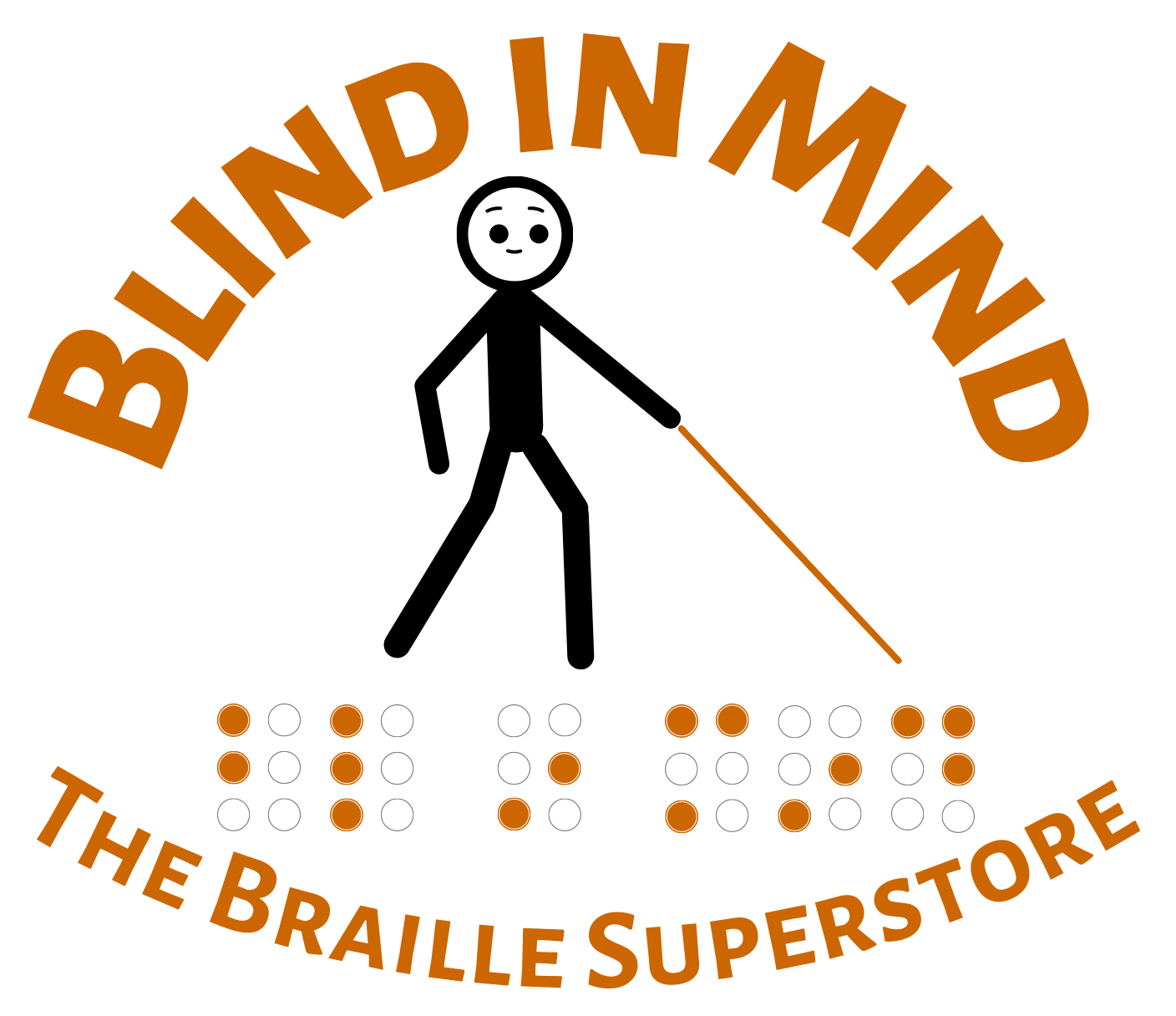Post written by Sirena Carroll.
I've always possessed a visual impairment, but as a child, my sight was much more helpful than it is today. I was able to read large print, visually use a camera, see photos, pick out a full moon in the night sky, identify colors at a glance and recognize faces to a limited degree. None of those abilities remain, but my mind makes up for the absence in other ways.
I inevitably receive a query when speaking on various topics: "How do you see colors?"
The simple answer is, "I rarely do."
Colors like red and blue, in their brightest forms, still leap out at me, but only when I'm seeking them from a close distance. A more accurate answer is, "I don't see colors, but I identify with them."
I've been fortunate that I grew up with the ability to recognize colors. I could never identify the full spectrum of greens, blues, reds, and beyond. However, I could comprehend broad arcs and appropriately associate them with objects and abstracts present in the wider world.
Colors took on new forms as my vision began to fade. Here are three examples of how I experience colors now as a completely blind individual.
Red: Hot Stone: The Taste Of Cinnamon Candy.
In the absence of sight, my brain didn't merely erase colors from its repertoire of knowledge. It replaced visual association with sensory understanding.
Red is a color for which I still possess a modicum of visual memory. Nevertheless, the first associations that leap to mind include the feel of a hot stone and the taste of cinnamon candy.
I possess no scientific explanations for why my mind drew the comparisons it did. I wish I could explain why my brain substituted these experiences, but I can only speculate. Most cinnamon candy is colored red. This fact I recall from my early days. It's possible my mind clung to this morsel of knowledge and, as my sight faded, offered the information in exchange for the loss of visual feedback. When stones reach a specific temperature, they glow red-hot. Of course, I've never touched one at such a dangerous temperature, but the association remained in the back of my mind until my mind needed to call upon it to fill the visual void.
Blue: Cool Water.
For those who are unaware, the interior of most swimming pools is blue. The shades often range from a bright, clear hue to a more pale, muted shade. As a small child, it took me a long time to understand that this water was not blue in and of itself. It was always refreshingly crisp, however, and when I began losing my vision, the color blue associated itself with the feel of cool water. When I stick my hand into a stream of cool water, my mind tells me it's blue even when I know it's not. When I hold my baby boy and run my hands over an outfit I know is all blue, I think of that self-same water and its sloshing sounds when lapping against a swimming pool or the bank of a lake.
Rainbow: The Sound Of Tinkling Bells Over A Piano Scale.
While I recall what a rainbow looks like, my mind won't substitute the sight when talk of such patterns arises. A rainbow, possessing many hues, is impossible for my mind to associate with one thing alone. Instead, it's taken an entirely auditory approach; whenever people mention rainbows, my mind combines the sounds of tinkling bells layered over a piano scale. I can pull nothing from past experiences to explain this. I believe it's simply an amalgamation of nuanced sounds, much as a rainbow is a combination of detailed colors.
The absence of sight does not equate to the loss of colors. They don't fade but merely metamorphize into something my mind can understand. I can't speak to the experiences of others without sight, but it's safe to see that everyone will interpret colors a little differently based on their lived experiences.
MarvelSoft Enterprises: Blind in Mind
31835 E Main Street
Sedro-Woolley, WA, 98284-9097
USA

